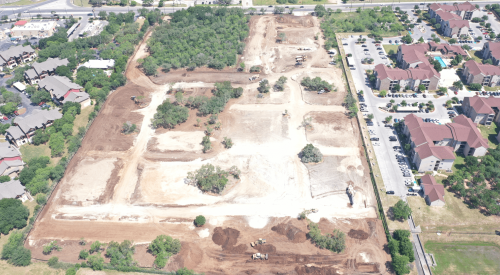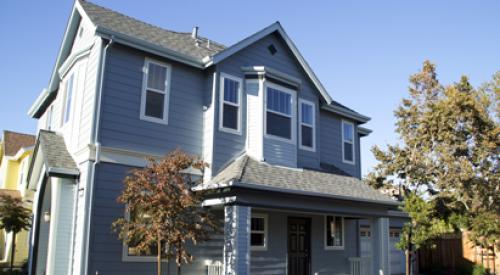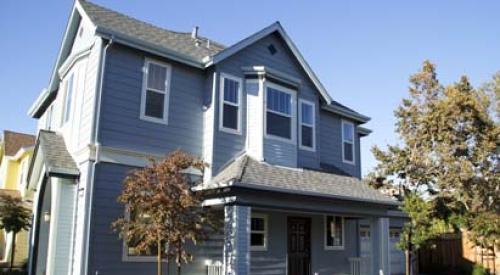|
Heather McCune's Editorial Archives
|
While a strong domestic economy and continued low unemployment propelled U.S. major market home sales by 6% in 1999, gradually rising interest rates caused market share drops for both single and first-time buyers. This left married buyers as the driving force behind the housing markets fourth straight record year.
"Rising interest rates certainly affected buyer profiles in 1999, but continued consumer confidence and the increase in married and repeat buyers helped the home buying market achieve another record year," said John Pfister, marketing research coordinator for Chicago Title Corp. in the company’s recently released report, "Who’s Buying Homes in America."
Following the continuing trend, the market share of new home purchases increased - to 22.7% from 21.7% - while the percentage of used home purchases decreased - from 77.3% from 78.8%. In contrast, in 1976, the base year of Chicago Title’s survey, buyers purchased 15.1% new homes and 84.9% used homes.
Chicago Title Corp. identifies and tracks the home-buying behaviors of consumers in major U.S. metropolitan markets. The 20 markets surveyed include: Atlanta, Boston, Chicago, Cleveland, Dallas/Ft. Worth, Denver, Detroit, Houston, Los Angeles, Memphis, Tenn.; Miami, Minneapolis/St Paul, New York City, Orange County, Calif.; Orlando, Philadelphia, Phoenix, San Francisco, Seattle/Tacoma and Washington D.C.
In its report, Chicago Title explains that the timing of last year’s interest rate hikes favored married buyers. Mortgage rates were at their low during the first quarter, which is the typical buying time for families. Therefore, when rates peaked in August, most of the year’s married buyers had already purchased a home. Singles, in contrast, generally buy throughout the year, and when rates started upward, some began dropping out of the market. The breakdown was as follows:
Similarly, repeat buyers lead the way compared to first-time buyers, as the latter group is usually much more affected by interest rate hikes due to basic buyer profile characteristics like household income. Also, first-time buyers typically finance a larger percentage of their pur-chase because they don’t have a previous home sale to contribute to the down payment. In 1999, comparisons between repeat and first-time buyers were as follows:
Rising Home Prices
Home prices continued to climb in 1999, but the increases were not as great as the year before. The median home price in the markets surveyed rose 4.5% last year to $175,400 from $167,900 in 1998. The average home price increase was 5.8% in 1999 to $220,000 from $208,000 in 1998. This divergence between median and average prices shows that buyers are still purchasing more expensive homes. However, when comparing the numbers with 1998 data, there seems to be a shift toward the middle of the pricing spectrum.
Heather McCune is the Editor-in-Chief for Professional Builder and Luxury Home Builder. Please email her with any comments or questions regarding her column.
Also see:
Buyer Profiles Compared










